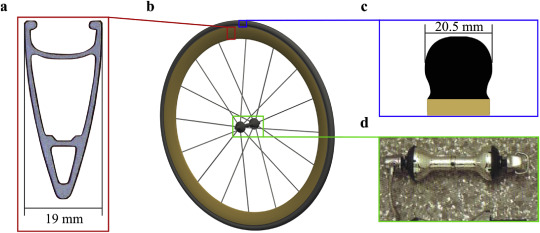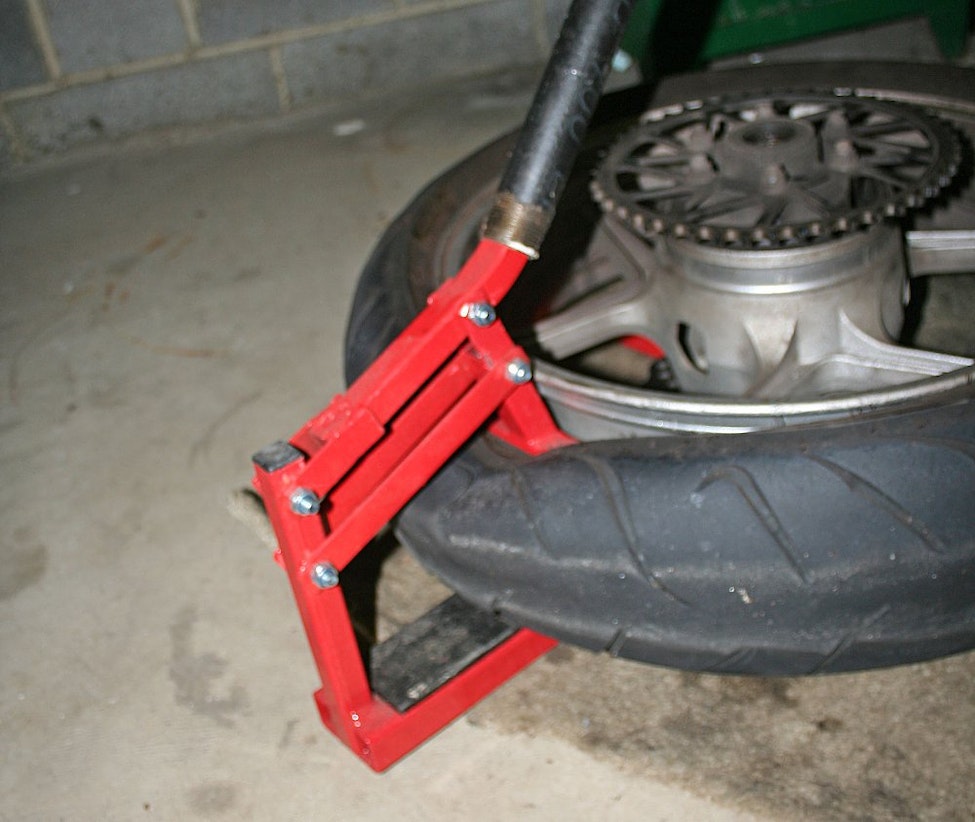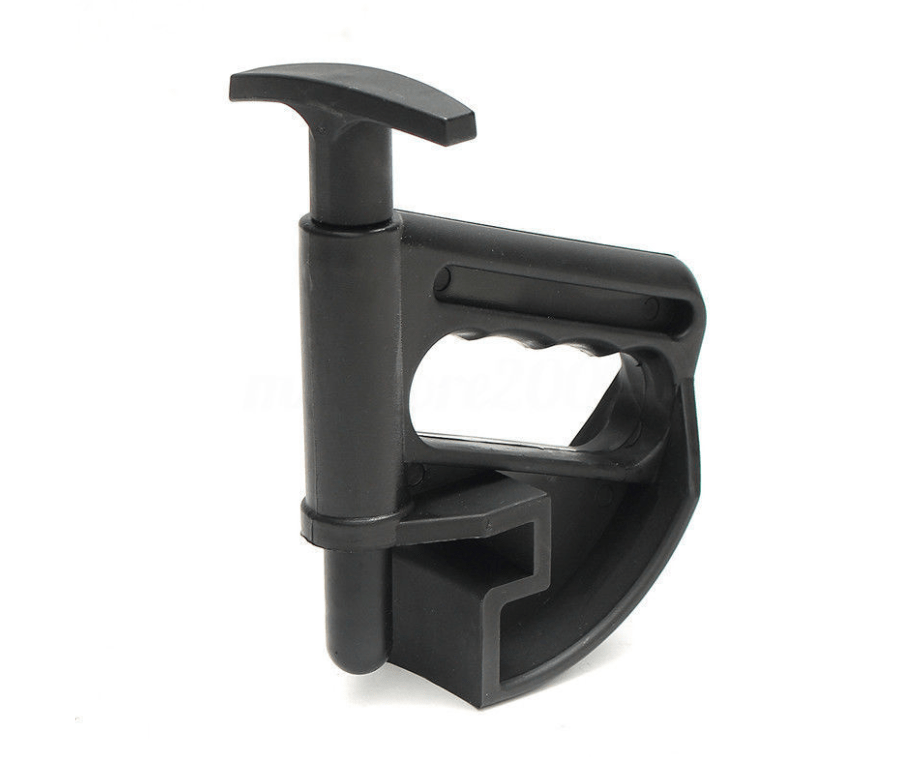LeftieBiker said:
The new rim with hubmotor came with no tire or tube - just rim tape.
Does it have any markings on the rim itself? Either stamped or engraved or printed? Usually reads something like "ISO/ETRTO" and a number.
As I wrote, though, this is, as best I can tell, the same tire model the bike already has on it, front and back. The rims also appear to be the same. The "manufacturer" says that it uses the Das Kit.
Well, "Das Kit" appears to be an ebike kit "manufacturer" (meaning, they badge stuff they've bought in large lots, most likely), at this page:
http://das-kit.com/
They have several kits, and unless I missed it you didn't say if it's the front or rear. But both front and rear are available in either 26" or what they call a 28" for at least two of the kits, and another is available in both those and a 27.5", and I would guess that you probably have the 27.5" or 28", and not the 26".
http://das-kit.com/Products/R3_Rear/wheel_set/24.html
http://das-kit.com/Products/R3_Front/wheel_set/20.html
http://das-kit.com/Products/D5_Rear/wheel_set/25.html
The way they call out the model numbers sort of sounds like it indicates the rim size.
RM600S6-RX2C-22
RM650S6-RX2C-22
RM700S6-RX2C-22
FM600S6-K6
FM700S6-K6
RM600S6-RX2-45
RM700S6-RX2-50
but 600 doesnt' match any of the 26" wheel sizes, so I don't know why they use that number (the only 600 I have seen is a 24" wheelchair size). 650 is any of three different sizes, only one of which is the 27.5. 700 is also several different sizes, only one of which is the 28.
I also eyeballed a couple of other new tires I have on hand against the rim, and it looks like they'd all be too small to go on. One was maybe more possible, but it's a skinny Continental street tire with little knobs that I think would be too slippery.
If those are also "26"" tires, then it almost certainly means it's not a common "26"" rim.
Assuming that what I need is a new, taller "26 inch" tire, how would that tire be labeled...?
That depends on exactly which rim it really is. If the rim is completely unlabelled, then try remeasuring it. I'm sure you're already doing it this way, but just in case:
https://www.sheldonbrown.com/rim-sizing.html
Since you probably can't measure directly across the rim because of the motor, then:
You may measure the circumference of a rim by wrapping a measuring tape all the way around the rim. You derive the diameter from the circumference.
A narrow, metal tape measure -- 1/4 inch or 6 mm wide -- will fit into the well of the rim. (A wide metal tape measure won't fit into the well of the rim and and won't curve smoothly around the rim.)
Don't trust a fabric measuring tape as used in fitting clothing. This kind is usually inaccurate, because the fabric stretches.
Use the metal tape measure as shown in the image below.
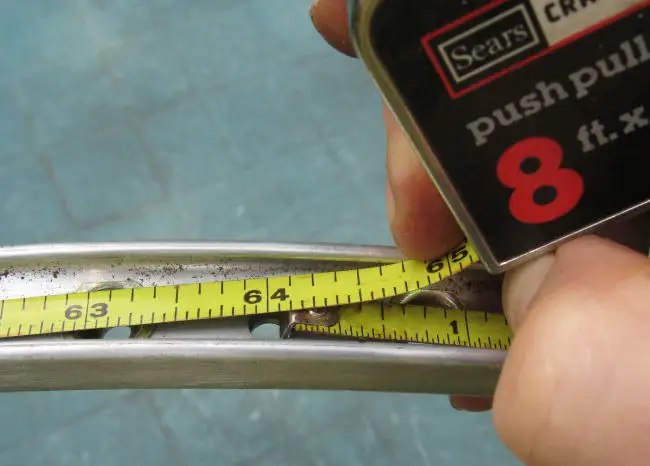
Here are the steps to measure using the circumference:
The tape has a tab at the end. Hook the tab into the valve hole and wrap the tape all the way around the rim, measuring the total circumference at the bottom of the well.
Divide the circumference by pi (3.142) to get the diameter of the well.
If the tape measure is divided in inches, also multiply by 25.4 to get the diameter of the well in millimeters.
Add twice the height from the well to the bead seats (see instructions below).
If you don't have a narrow tape measure, you could wrap a length of thin, flexible electrical wire or bicycle cable inner wire around the rim, mark two places on the wire which line up with one another, lay the piece out flat and measure the distance between the two marks.
Our example rim is a hook-edge rim without clearly-defined bead seats, so we'll measure from the well (but not the bottom of the recessed spoke holes) to the outside of the rim and then subtract twice the typical flange height. Our highly-sophisticated tool for this task is a bicycle spoke. We are also using a small ruler as a bridge across the rim flanges. Holding the spoke with a thumbnail against the ruler gives us a good enough measurement for our purposes.
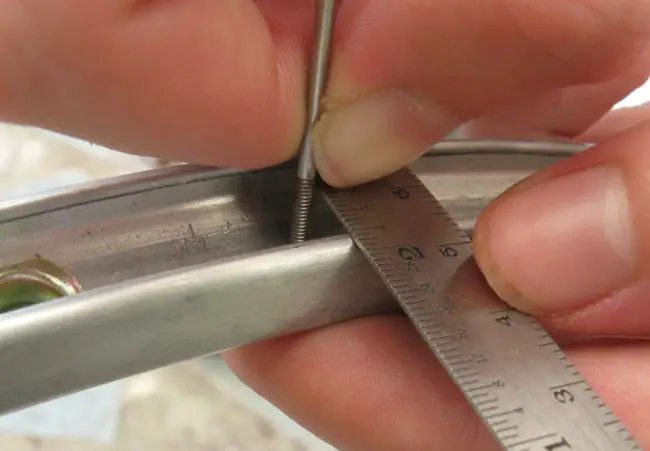
The measurement can be transferred to the ruler:
Now, calculating, the circumference of the well measured as 64 1/8 inches, (64.125 inches). Multiplying by 25.4 gives 1629 mm; then dividing by pi (3.142) the diameter is 518.5mm. 16mm additional (twice the depth of the well) gives 534 mm, but the bead seat diameter is be about 10 mm smaller, and this is a 520 mm rim.
These are two other good pages to help figure it out:
https://www.sheldonbrown.com/26.html
https://www.sheldonbrown.com/tire-sizing.html


